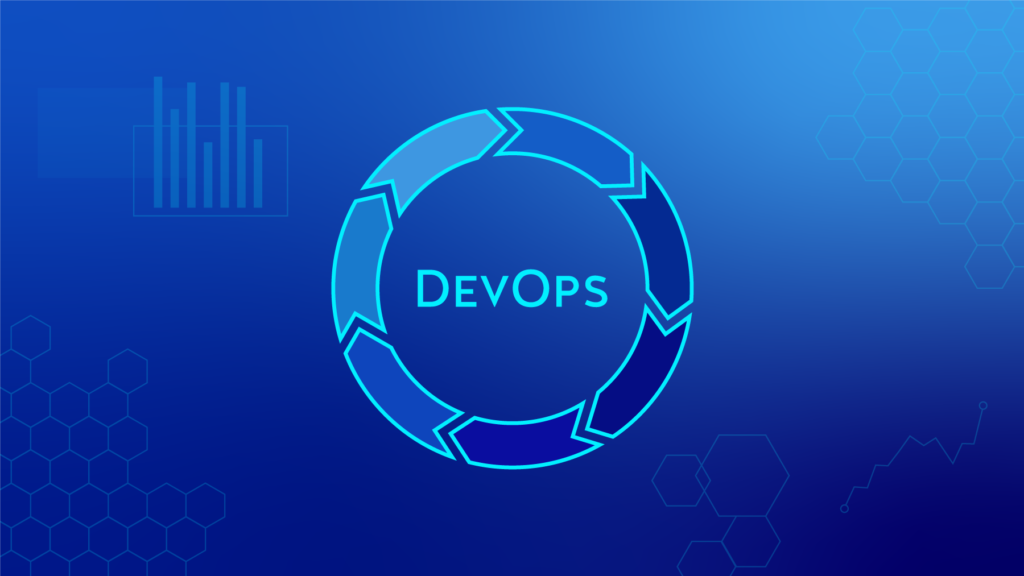Description
Introduction
Site Reliability Engineering (SRE) is a discipline that applies software engineering principles to IT operations, ensuring reliability, scalability, and automation. It complements DevOps by introducing structured approaches to incident management, observability, and performance optimization. This training provides DevOps professionals with in-depth knowledge of SRE principles, helping them design resilient systems, automate operational tasks, and enhance service availability.
Prerequisites
- Basic understanding of DevOps practices
- Familiarity with cloud computing and containerization (Docker, Kubernetes)
- Knowledge of CI/CD pipelines and automation tools
- Experience with monitoring, logging, and incident management tools
Table of Contents
-
Introduction to Site Reliability Engineering
1.1 Defining Site Reliability Engineering
1.2 The Evolution of SRE and DevOps(Ref: Managing Resources and Security with Terraform for DevOps)
1.3 Core Principles and Practices of SRE -
SRE vs. DevOps: Bridging the Gap
2.1 Key Differences and Overlapping Areas
2.2 How SRE Enhances DevOps Culture
2.3 Building an SRE Team within a DevOps Environment -
Reliability Engineering Fundamentals
3.1 Defining Service-Level Agreements (SLAs), Objectives (SLOs), and Indicators (SLIs)
3.2 Measuring and Improving System Reliability
3.3 Managing Error Budgets and Risk Tolerance -
Automation and Infrastructure as Code (IaC)
4.1 Automating Operational Tasks and Workflows
4.2 Infrastructure as Code with Terraform, Ansible, and Pulumi
4.3 Implementing Self-Healing Systems -
Observability and Monitoring
5.1 The Importance of Observability in SRE
5.2 Metrics, Logging, and Tracing: Key Components
5.3 Implementing Monitoring with Prometheus, Grafana, and ELK Stack -
Incident Management and Response
6.1 Incident Detection, Triage, and Resolution
6.2 Effective On-Call and Escalation Strategies
6.3 Writing and Learning from Postmortems -
Performance and Capacity Planning
7.1 Load Testing, Benchmarking, and Performance Metrics
7.2 Capacity Planning for Scalable Architectures
7.3 Cost Optimization in Cloud and On-Premise Infrastructure -
Site Reliability through Chaos Engineering
8.1 Introduction to Chaos Engineering
8.2 Implementing Failure Injection and Fault Tolerance
8.3 Case Studies on Chaos Engineering in Production -
Security and Compliance in SRE
9.1 Security Best Practices for Reliable Systems
9.2 Implementing Zero Trust Security Models
9.3 Compliance, Governance, and Regulatory Considerations -
CI/CD and Release Engineering in SRE
10.1 Continuous Integration, Deployment, and Delivery Principles
10.2 Blue-Green Deployments, Canary Releases, and Feature Flags
10.3 Automating Rollbacks and Deployment Pipelines -
Resilient and Scalable Architectures
11.1 Designing for High Availability and Fault Tolerance
11.2 Multi-Region Deployments and Disaster Recovery Strategies
11.3 Implementing Event-Driven and Serverless Architectures -
Machine Learning and AI in SRE
12.1 AI-Driven Observability and Anomaly Detection
12.2 Automating Root Cause Analysis with AI
12.3 The Future of AI-Enhanced Reliability Engineering -
Building an SRE Culture in Organizations
13.1 SRE Mindset: Balancing Development and Operations
13.2 Organizational Change and Leadership Buy-In
13.3 Case Studies on Successful SRE Implementations -
Future Trends in SRE
14.1 The Evolution of Site Reliability Engineering
14.2 Emerging Technologies in Reliability Engineering
14.3 Next-Generation SRE Tools and Best Practices
Conclusion
SRE is an essential discipline that enhances DevOps by prioritizing reliability, automation, and observability. By integrating SRE practices, organizations can reduce downtime, optimize performance, and build highly resilient systems. This training equips professionals with the knowledge and tools needed to implement SRE effectively and drive operational excellence in modern IT environments.






